Red-throated Loon – Nunavut
Small numbers of Red-throated Loons use the Ottawa River corridor to migrate from the Atlantic to their breeding grounds in the Canadian Arctic. Early one morning, I managed to spot one flying up river. This image of a breeding adult with a fish was taken in the Canadian High Arctic while working as a guide on an expedition cruise.
Birding and wildlife photography are two completely different ways of enjoy nature. Unfortunately, these contrasting activities don’t always mix very well. They each require different techniques of approaching wildlife in the field. But, after 40 years, I’ve managed to hybridize the two activities into an extremely satisfying career.
Red Knot – Iceland
Thanks to a high quality 112 power telescope, I was able to spot a small flock of Red Knots resting on the Quebec side of the Ottawa River. This image of a flock of breeding plumage Red Knots was taken on the western shores of Iceland as they were migrating north to Greenland.
Although the pandemic stopped all nonessential world travels, my years of guiding people through remote parts of the planet has greatly enhanced my ability to find local wildlife. I’ve recently used my travel experience to help me identify unusual species of birds that have recently showed up here at home in Ottawa. As a tour guide, I take photographers and naturalists into wilderness habitats to observe nature and wildlife. The experiences have paid off with an ability to recognize birds that have strayed out of their normal range. During Ontario’s recent stay-at-home order, I spent most of my time huddled inside my 23rd floor condominium overlooking the Ottawa River and Gatineau, Quebec. During part of this period, the Ontario Federation of Ornithologists created a challenge – Identify as many birds as possible without leaving your home property. I embraced the challenge and was pleasantly surprised with my results. Through the month of May, I spent much time on my balcony scanning my surroundings using binoculars, telescope and camera. With support from members of the local birding community, I was able to observe 99 different species of birds, many of them very rare. Some were en route to the Canadian Arctic, or wandering up from the Southern United States.
Purple Sandpiper – Iceland
A rare bird here at home, especially in spring migration, one decided to visit the Ottawa area for about a week in late April and early May. It mostly rested on rocks near the Quebec shoreline. This image of a Purple Sandpiper in breeding plumage was taken on the western shores of Iceland while guiding a group of photographers.
Although the birds were too far to photograph properly from my balcony, I’ve managed to photograph many of them while visiting far-off destinations during past tours.
Adult breeding Laughing Gull – Coastal Texas.
A rare bird for inland Canada, Laughing Gulls are a common sight along the coast of the Gulf of Mexico. So, you can imagine how exciting I got when I spotted one resting on the rocks of the Deschenes Rapids. This adult in breeding plumage was photographed in a park on the gulf coast of Texas.
Some of the highlights I’ve observed during the challenge include amazing creatures like Red-throated Loon, Eurasian Wigeon, Red Knot, Purple Sandpiper, Red-necked Phalarope, Neotropic Cormorant, Little Gull, Laughing Gull, Arctic Tern and several other unusual species. Other animals include Map Turtle, River Otter, American Beaver and White-tailed Deer. It was also very interesting to observe (almost on a daily basis) several different stages of plumage of Lesser Black-backed Gull – a species that has yet to be recorded as a breeder on this continent.
Adult breeding Arctic Tern – Iceland
A long distant migrant, Arctic Terns are rare inland. However, a rare few consistently use the Ottawa River corridor to fly from the Atlantic to their wintering grounds in the Canadian north. Interestingly, they don’t use the corridor to return in fall. This photo was taken at a breeding colony in Iceland.
Astonishingly, only a few days after the challenge had ended, three American White Pelicans showed up in the waters below my balcony.
These invigorating experiences have kept me sane during these troubling times.
Adult breeding Lesser Black-backed Gull – New Brunswick.
A species that is expanding its range from Europe and increasing in numbers in Canada, they have yet to be recorded as breeding on this continent. This spring, they were observed from my balcony almost every day. This suggests that they are likely breeding somewhere in Northern Canada. This image was taken in the Bay of Fundy while on a Whalewatching trip.
The following bird images were taken far away from my condominium apartment. However, they are representative of species I’ve recently observed from my balcony.
American Bittern – Saskatchewan
Although this shy bird breeds in wetlands throughout the Ottawa area, I was surprised to find one in a tree below my balcony. This photo was taken while leading a tour through the Prairies of Saskatchewan.
Adult male Rose-breasted Grosbeak – Ottawa
It’s difficult for me to find shy songbirds from my balcony high up on the 23rd floor. Fortunately, on calm mornings, I can hear some of them singing. Although a common breeder in local woodlands, I was thrilled to spot one singing from high in a tree below my balcony. This photo was taken in a nearby forest while on a local birding excursion.
American White Pelicans in flight – Manitoba
One of the few species taken off the endangered species list, American White Pelicans are actually increasing in number and expanding their range eastward. In early June, 3 of these gigantic birds spent the night and following morning below my balcony. This image was taken north of Winnipeg, Manitoba.
Adult breeding White-crowned Sparrow – Churchill, Manitoba
For a few days in May, an adult White-crowned Sparrow was foraging and singing in a garden below my balcony. This photo of a singing male was taken in Churchill, Manitoba.
Thanks to alerts and assistance from members of the local birding community, I was able to find many of the 99 species tallied through the month of May, especially a few of the rarer ones. When a rare bird is spotted, birders use social media to alert other birders of the bird’s presence. This spring, I used walkie-talkies to communicate with fellow birder, Bernie (seen here in a neighbouring condominium). I took this photo using my 500mm lens.
Here is the view from my Northwest facing balcony overlooking the Ottawa River with Quebec on the other side. Using 12 power binoculars and a powerful 112 power astronomical telescope, I can see enough detail to successfully identify distant animals.
Adult female breeding Red-necked Phalarope – Iceland
This lovely little shorebird is an uncommon migrant through our region. Early one morning, one decided to land on the turbulent water of the Ottawa River while en route to the Canadian Arctic. This photo was taken in Iceland where they also breed.
Adult breeding Black-crowned Night-Heron – Ottawa
Once rare in Ottawa, these small herons have recently established a breeding colony across the river from my balcony. I took this photo a few years ago near a local conservation area.
All images © Tony Beck 2021
About Tony Beck
Tony Beck is an award winning, Nikon Ambassador, freelance photographer based in Ottawa. He teaches birdwatching and nature photography courses. Follow Tony’s adventures at www.AlwaysAnAdventure.ca



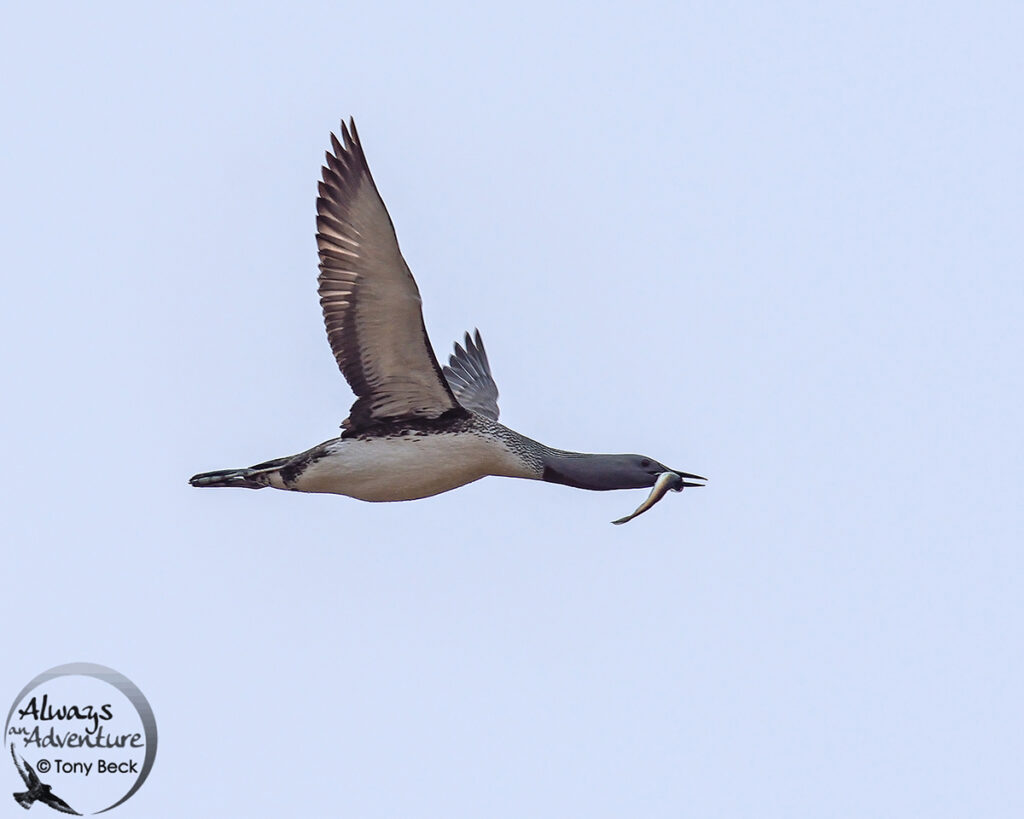
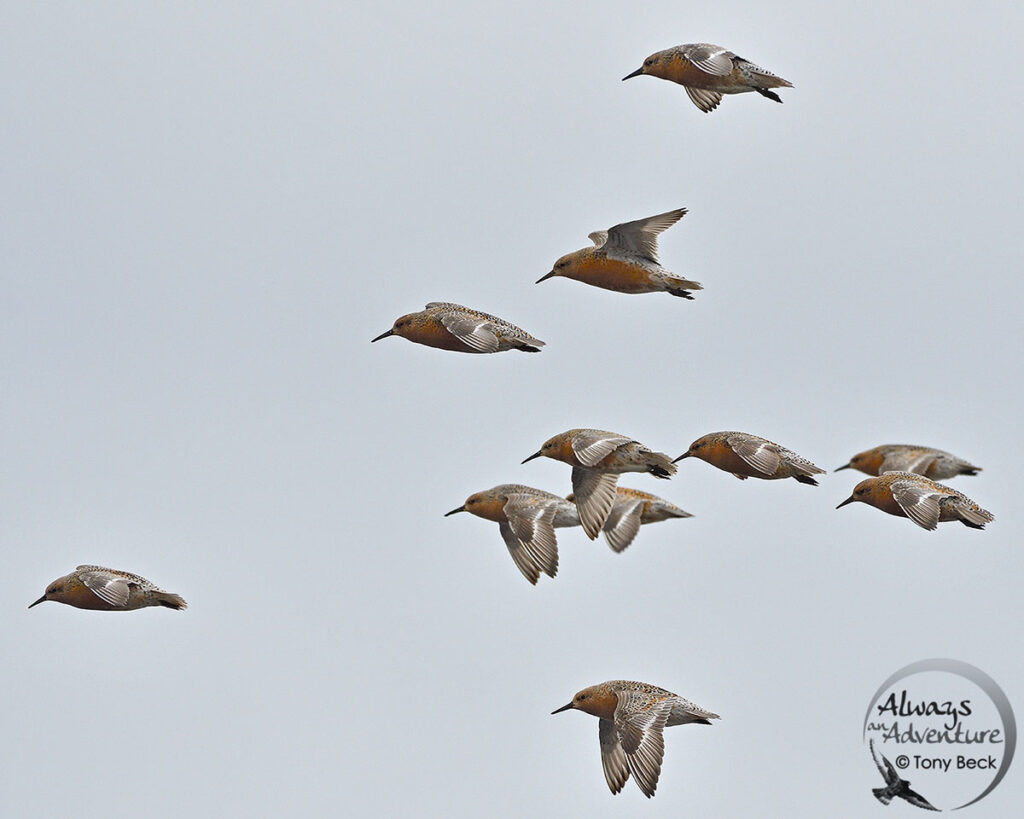
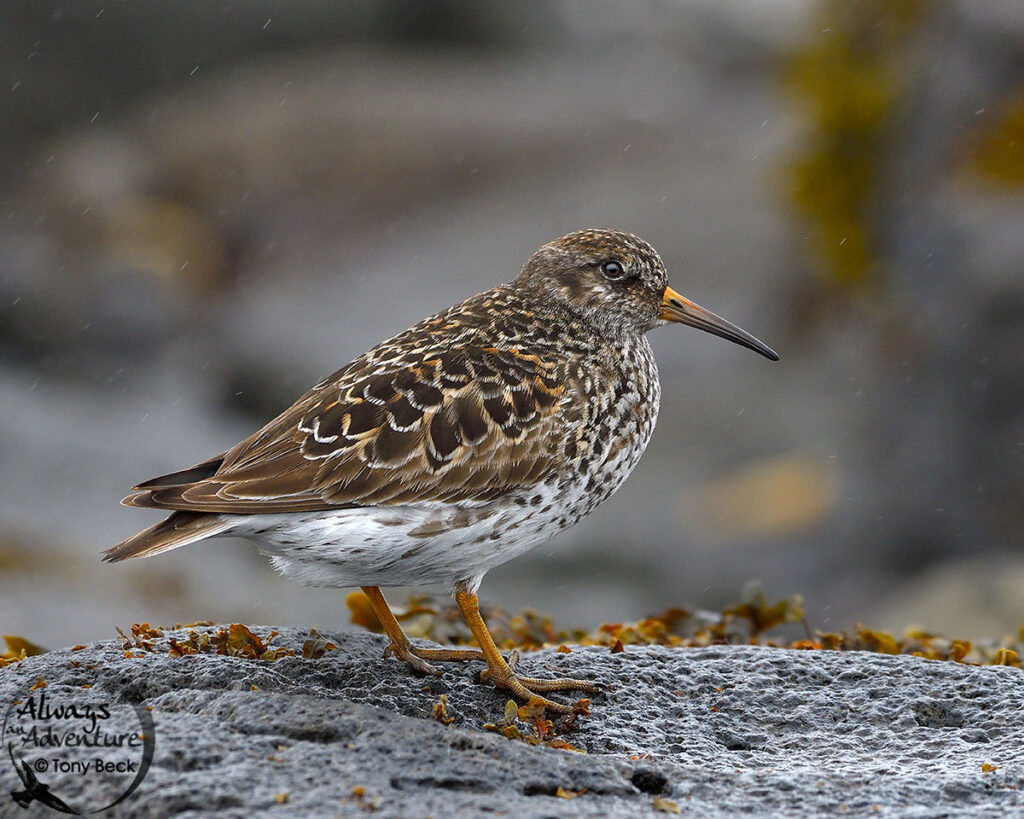
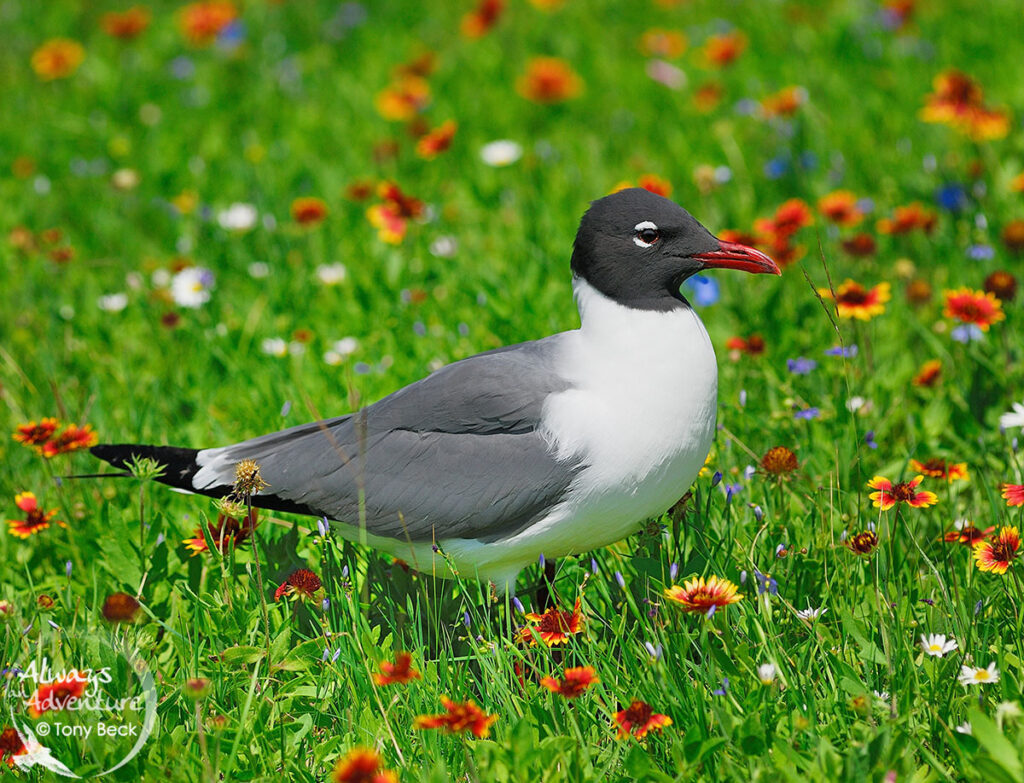
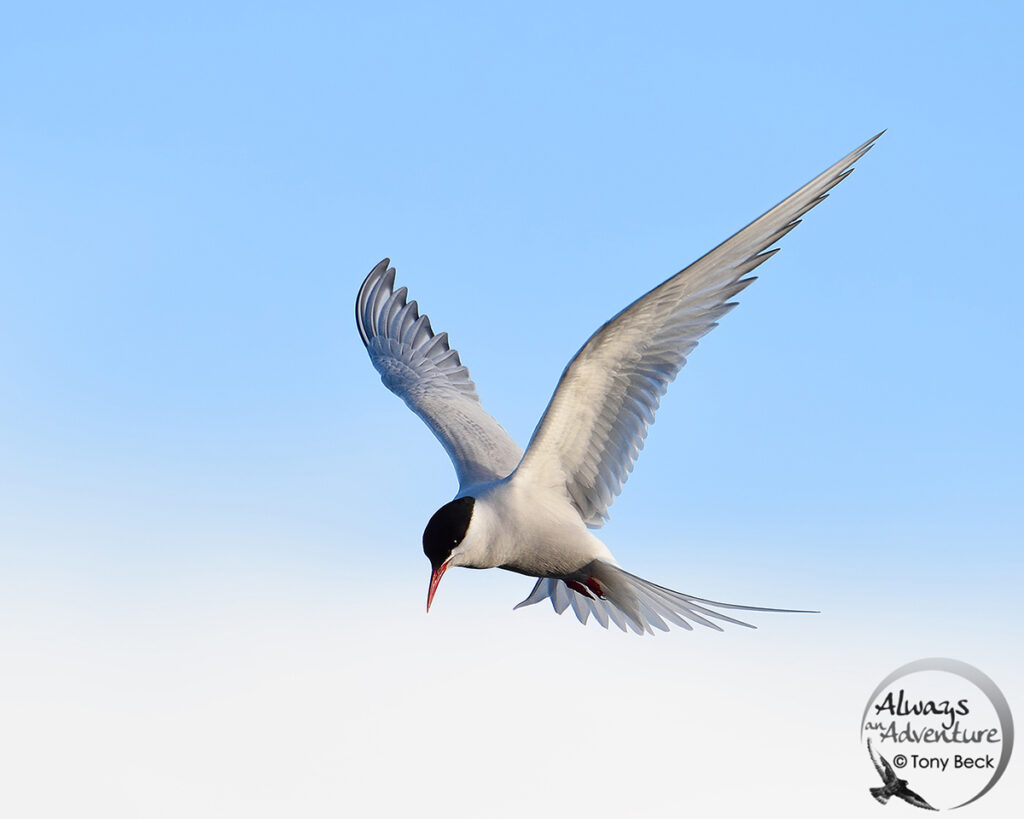
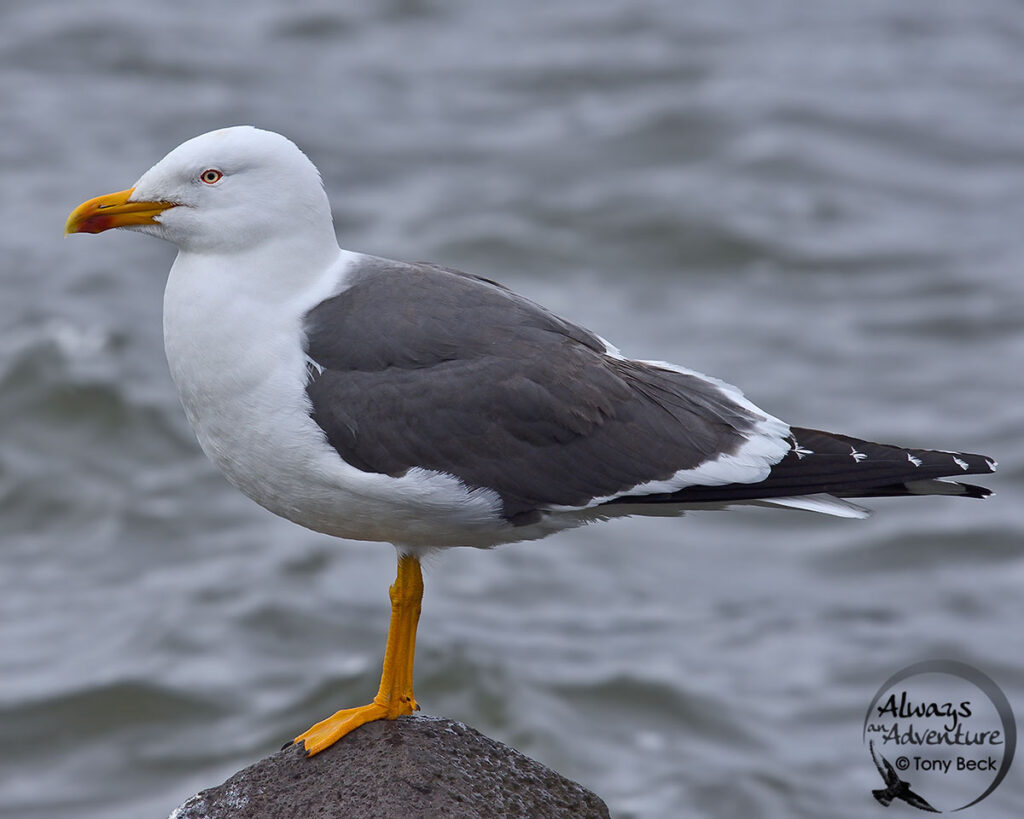
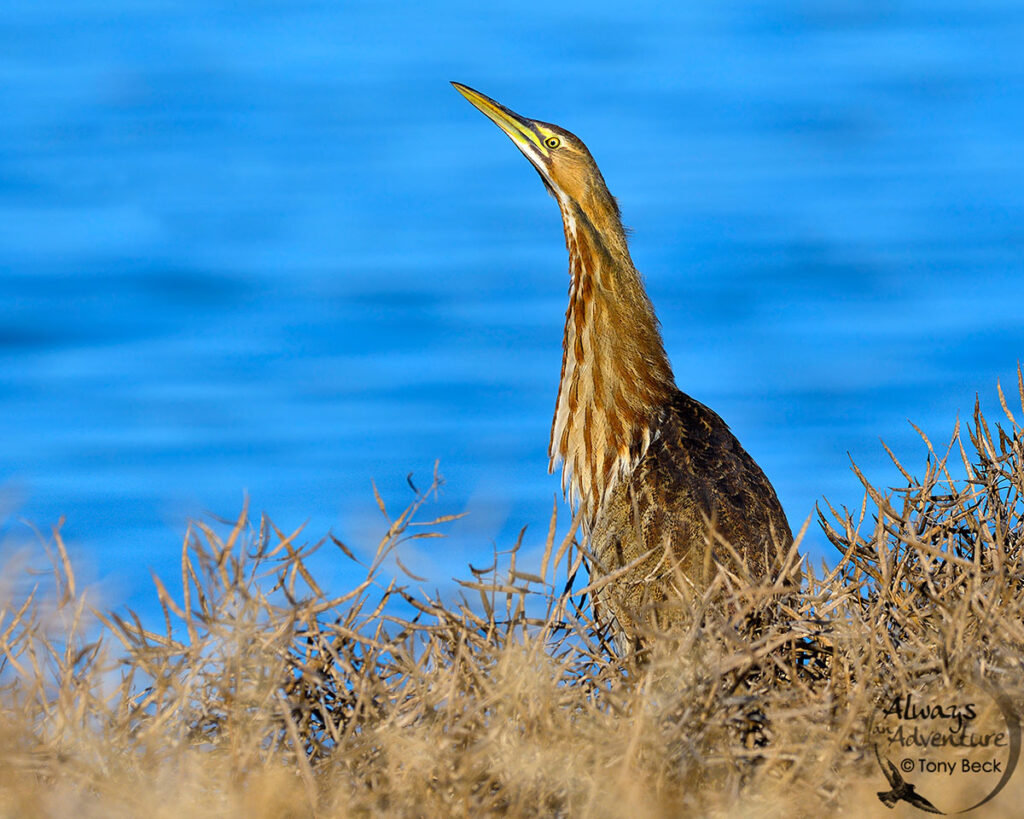
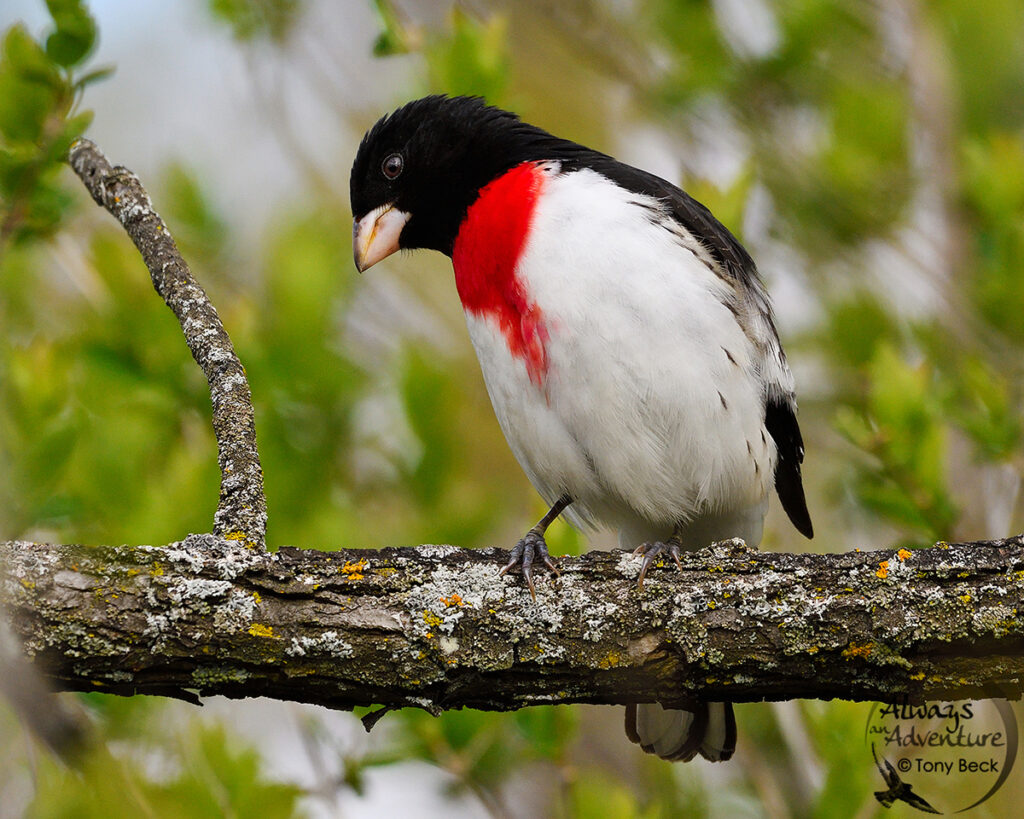
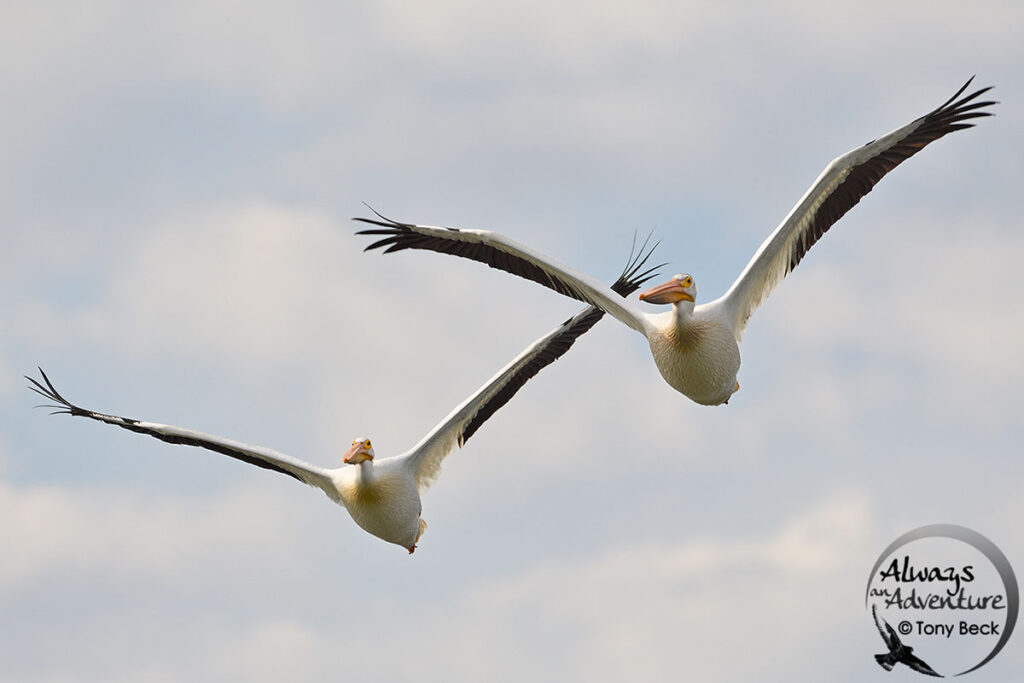
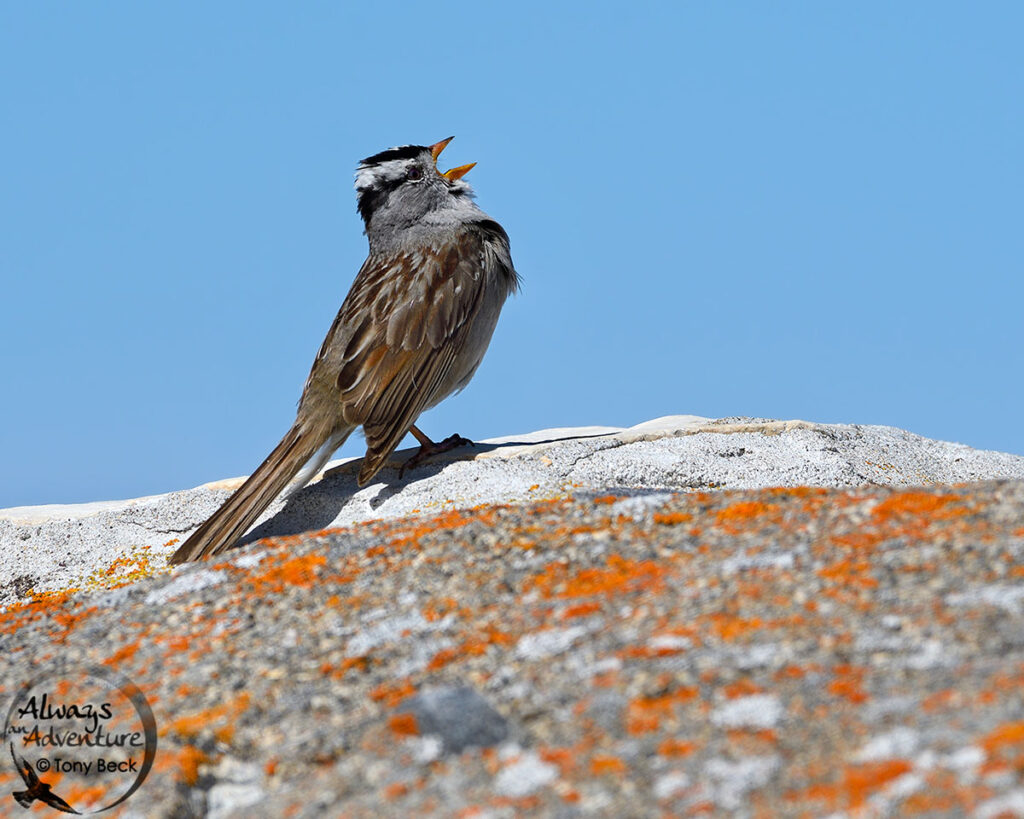

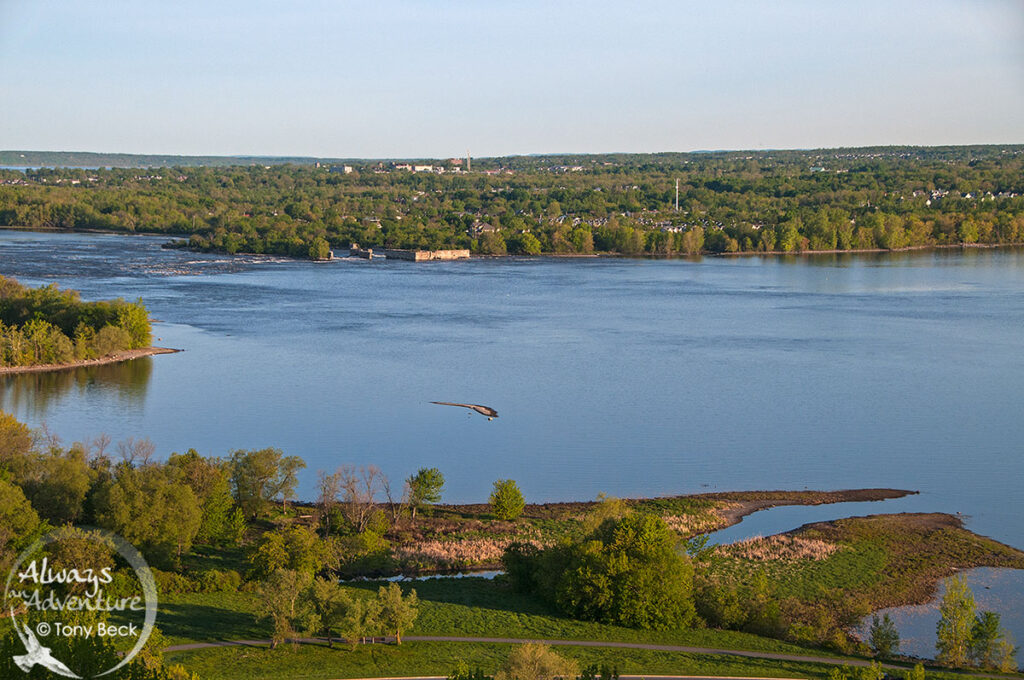
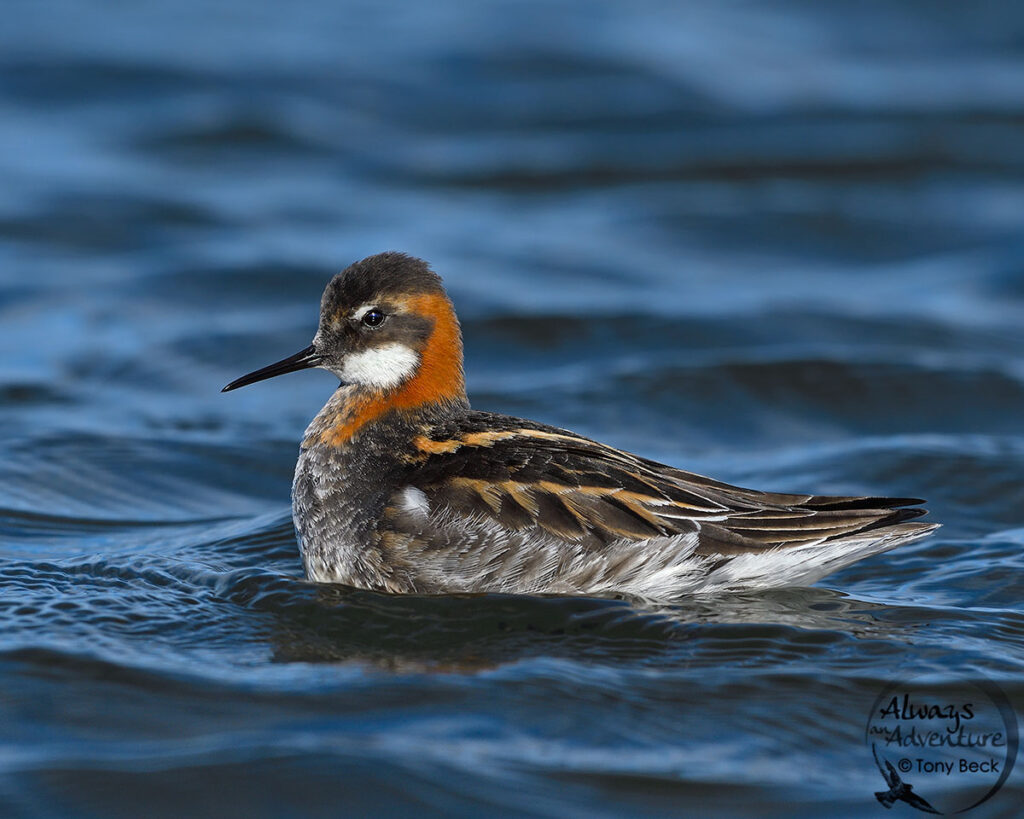
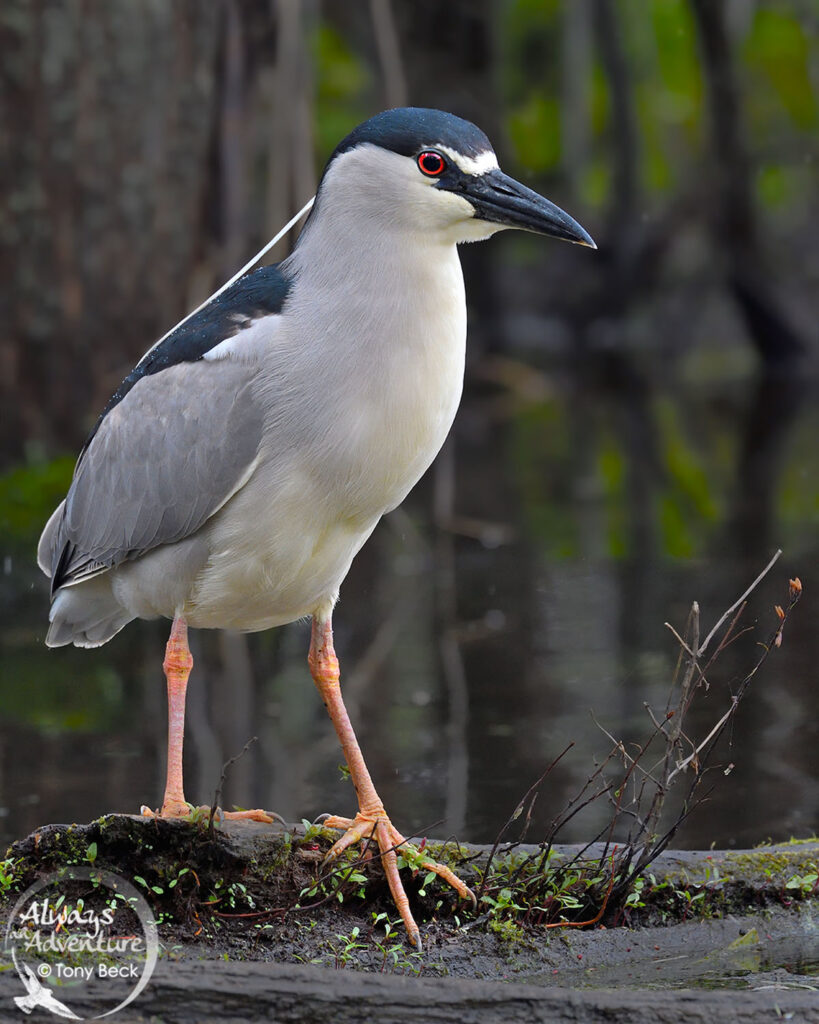




Love your article and photos
Thank You James
I hope to contribute many more.
nice, very nice, i remember you from my duties at the experimental farm peregrine release project, and some ofnc meetings at the museum of nature, that s a long time ago, as a matter of fact, yesterday Daniel Toussaint, came to see me at my balcony on lake simon, he s working on a bank swallow project in the outaouais anf he mentioned your name, all in good form, anyway, 40 years later were still at it, good tidings from me
I remember you Daniel.
You were in charge of the OFNC bird feeders.
Yup… 40 years of birding in Ottawa.
A lot has changed.
Enjoy your balcony.